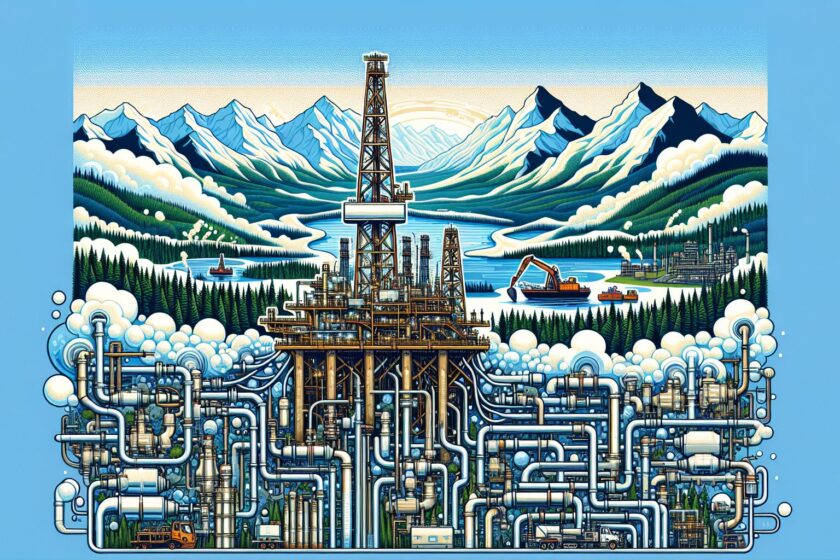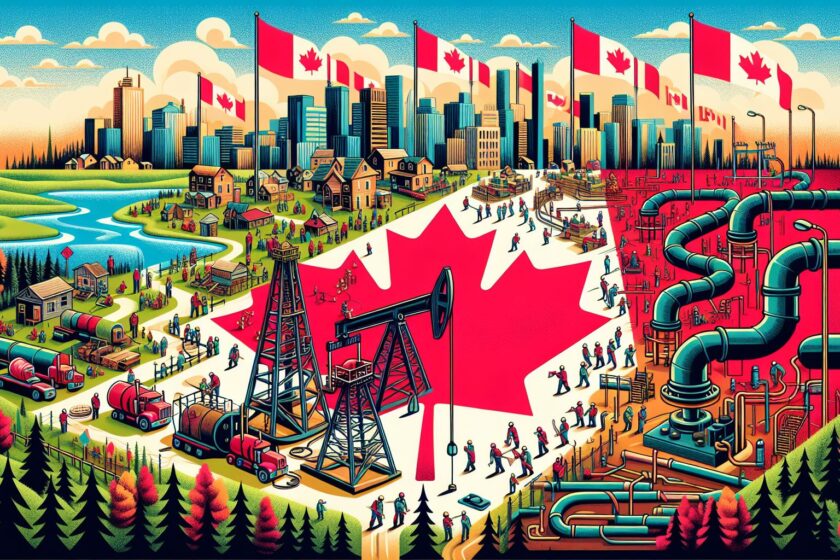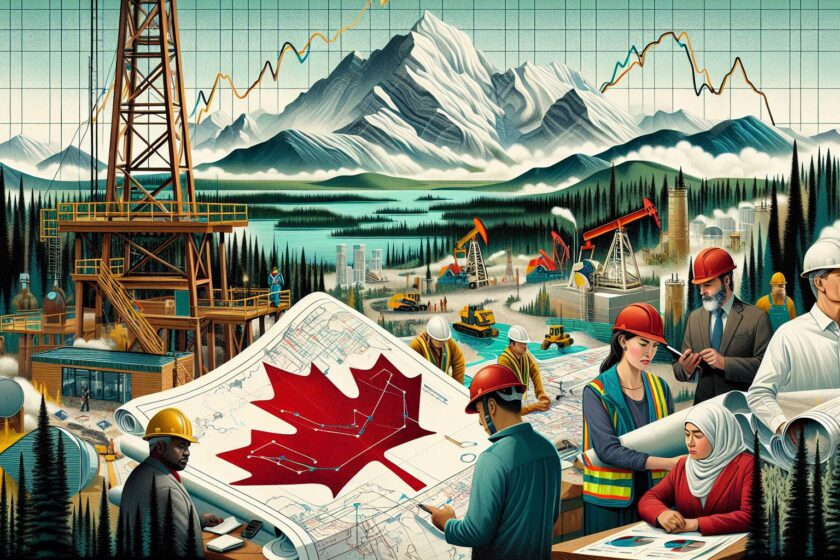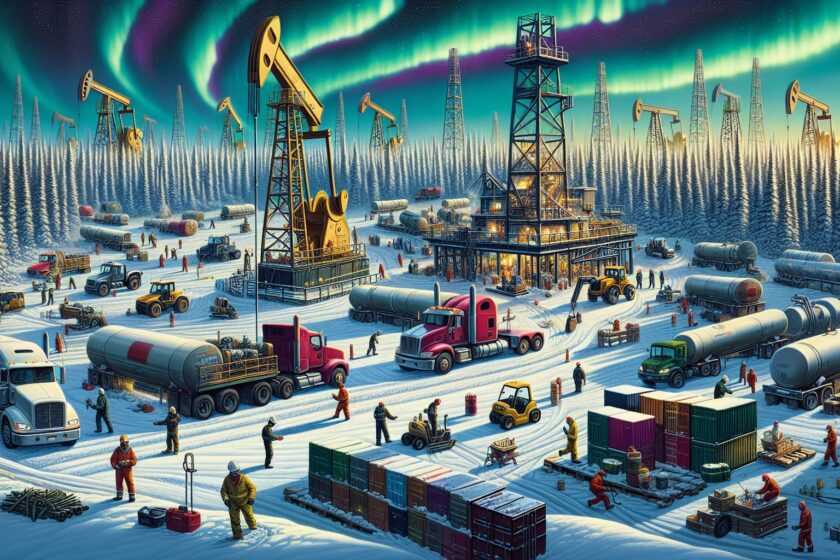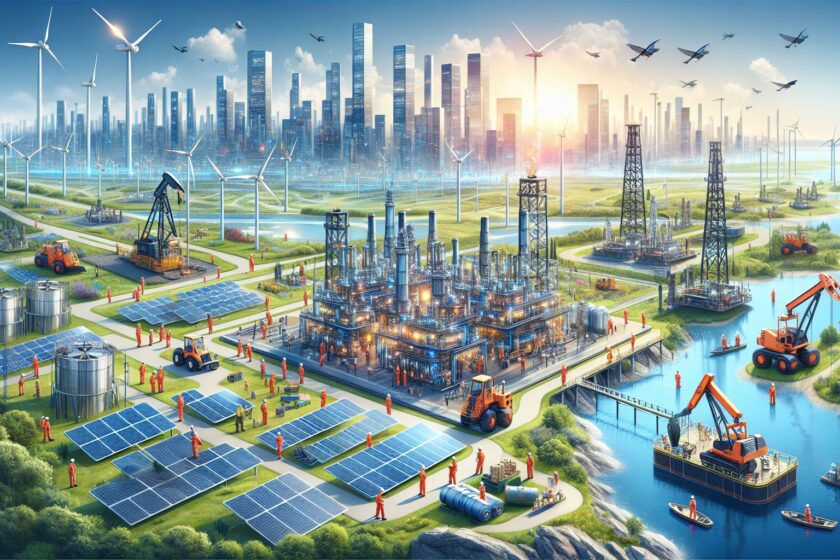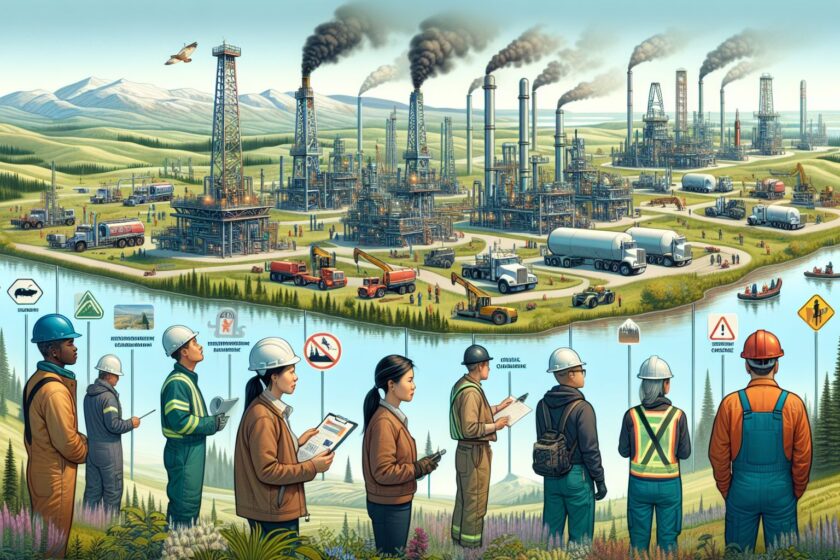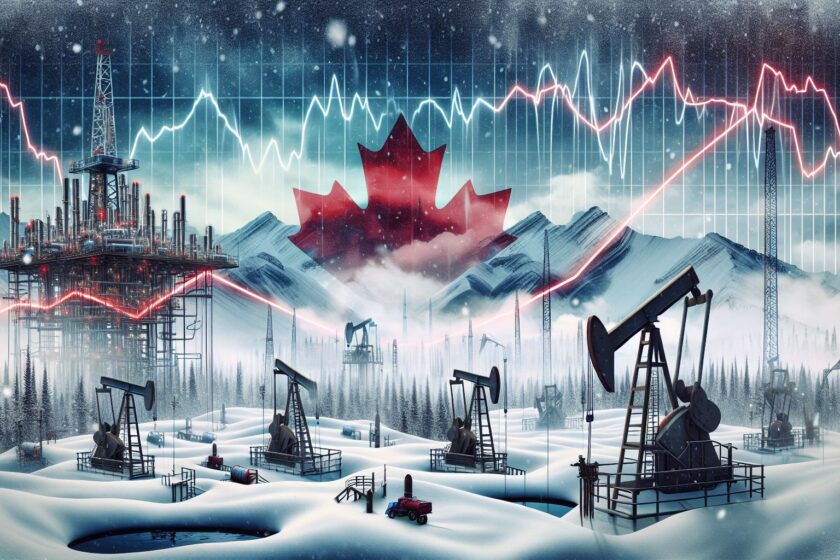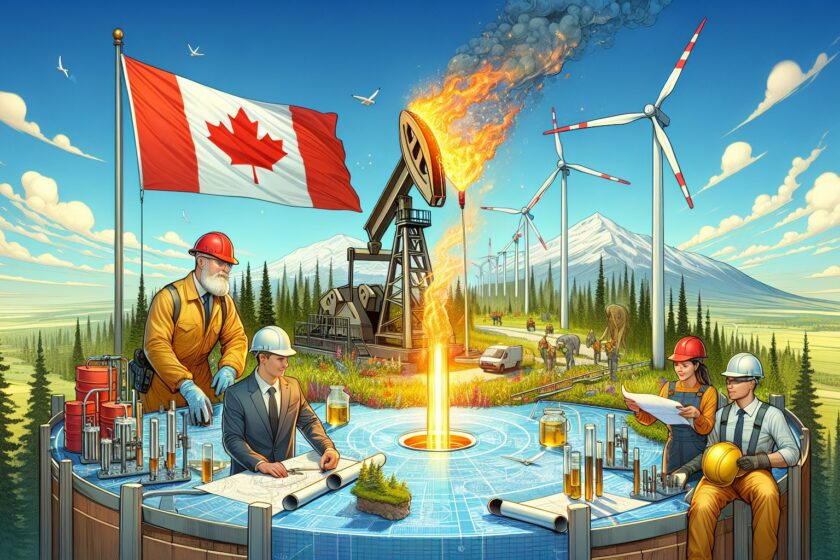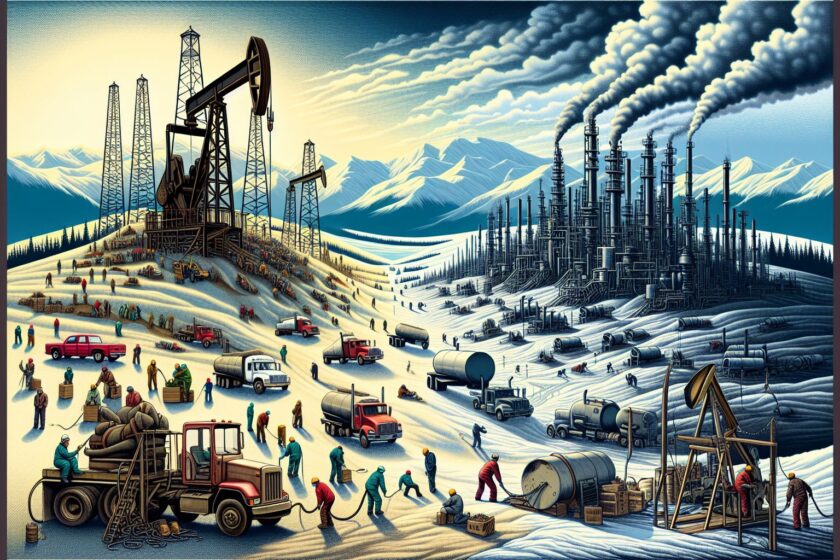Canada’s Oil & Gas Industry: A Perplexing Paradigm
The oil and gas industry in Canada has long captivated the imagination of the world. Known for its vast reserves and influential players, this sector has become a key pillar of the Canadian economy. However, beneath the surface of this seemingly straightforward industry lies a complex and perplexing landscape. In this article, we will delve deeper into the intricacies of Canada’s oil and gas industry, exploring random subjects that highlight its unique characteristics and shedding light on the creative burst of its activities.
Down the Rabbit Hole: The Mysteries of Oil & Gas in Canada
One cannot truly understand Canada’s oil and gas industry without acknowledging its diverse and expansive landscapes. From the fertile plains of Alberta to the rugged beauty of Newfoundland and Labrador, the industry is spread far and wide across the country. This dispersion not only offers a wealth of resources but also poses challenges in terms of connectivity and accessibility. It is here that the paradox of the industry starts to unfold.
Wildlife and Reserves: An Unexpected Pairing
Canada is renowned for its commitment to environmental conservation and sustainability, making it a global leader in protecting wildlife and natural reserves. Surprisingly, the oil and gas industry coexists with this dedication, managing to strike a delicate balance between operations and preservation. Through innovative practices and advanced technology, companies in Canada have successfully mitigated environmental risks while maximizing resource extraction. This harmonious coexistence leaves outsiders perplexed but also highlights the industry’s fierce determination to adapt and evolve.
The Rise of Indigenous Participation
Another intriguing aspect of Canada’s oil and gas industry is the increasing involvement of Indigenous communities. Recognizing the importance of these communities as stewards of the land, the industry has made significant strides in fostering sustainable partnerships. Indigenous peoples have become important stakeholders in decision-making processes, ensuring that their voices and rights are respected. This unique collaboration has not only empowered these communities economically but has also provided a diverse and knowledgeable perspective in managing the industry’s complex challenges.
The Cutting-Edge Realm of Technology
The oil and gas industry is no stranger to technological advancements. In Canada, the pursuit of innovative solutions is a constant driving force. From seismic imaging and data analytics to automated drilling systems, technology has revolutionized the way the industry operates. This continuous strive for excellence has not only increased efficiency and productivity but has also reduced environmental impact. The oil and gas industry in Canada is undoubtedly at the forefront of technological breakthroughs, further mystifying those who presume it to be a traditional and static field.
A Burst of Talent and Creativity
Behind the scenes, the oil and gas industry in Canada is an intricate tapestry of skilled professionals, all working together to drive its success. Engineers, geologists, and environmental specialists come together, each bringing their unique perspective and creative problem-solving skills. It is this burst of talent and creativity that has allowed the industry to overcome complex challenges, adapt to changing global demands, and remain at the forefront of energy production.
Conclusion
Canada’s oil and gas industry is a perplexing paradigm, defying conventional expectations and continuously pushing boundaries. From its harmonious coexistence with wildlife reserves to the rise of Indigenous participation, this industry is an exquisite tapestry of innovation, creativity, and adaptability. As we delve deeper into its complexities, we are left in awe of its vast potential and its ability to consistently evolve. Canada’s oil and gas industry is certainly a force to be reckoned with, setting an example for the rest of the world.









